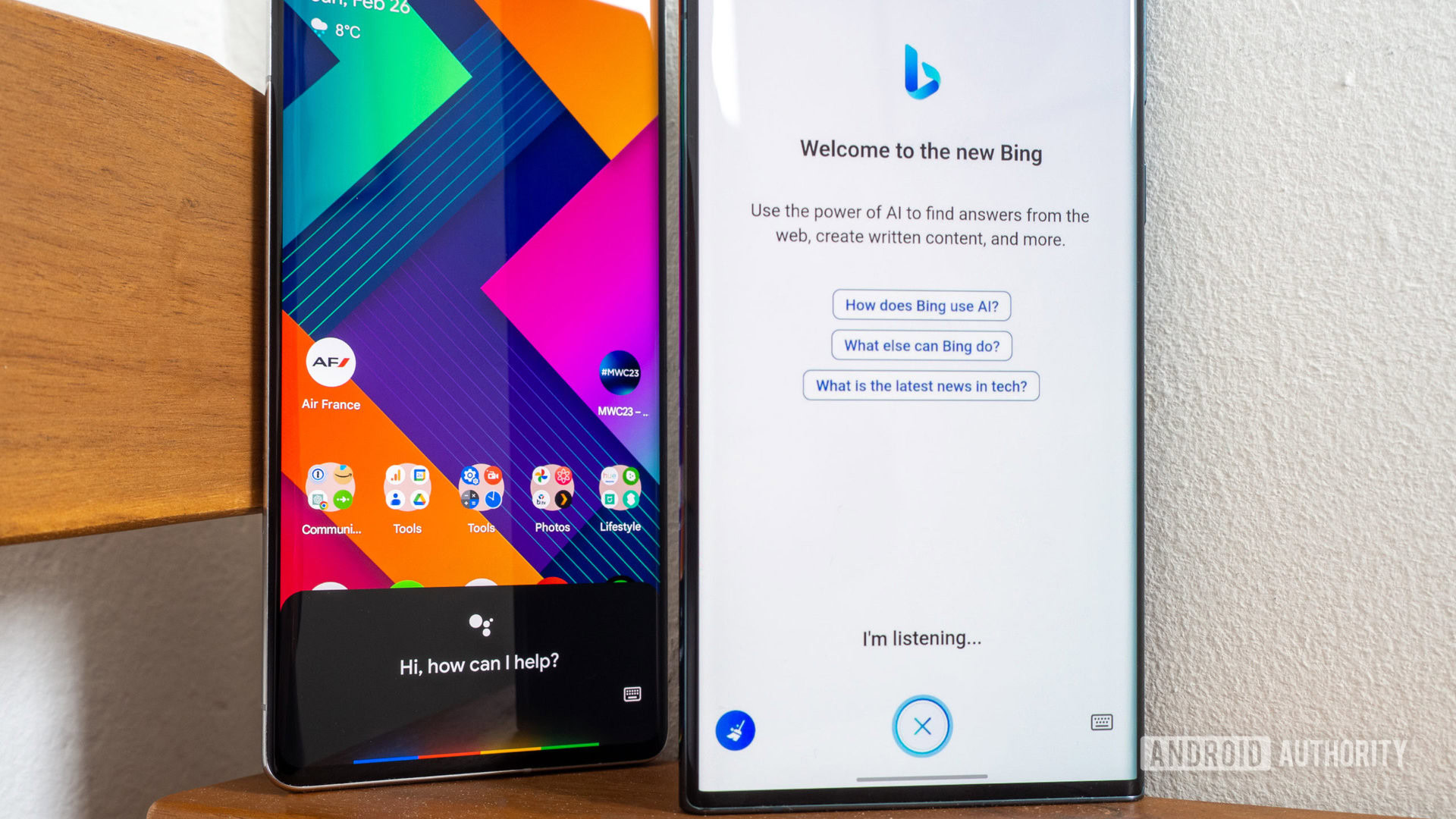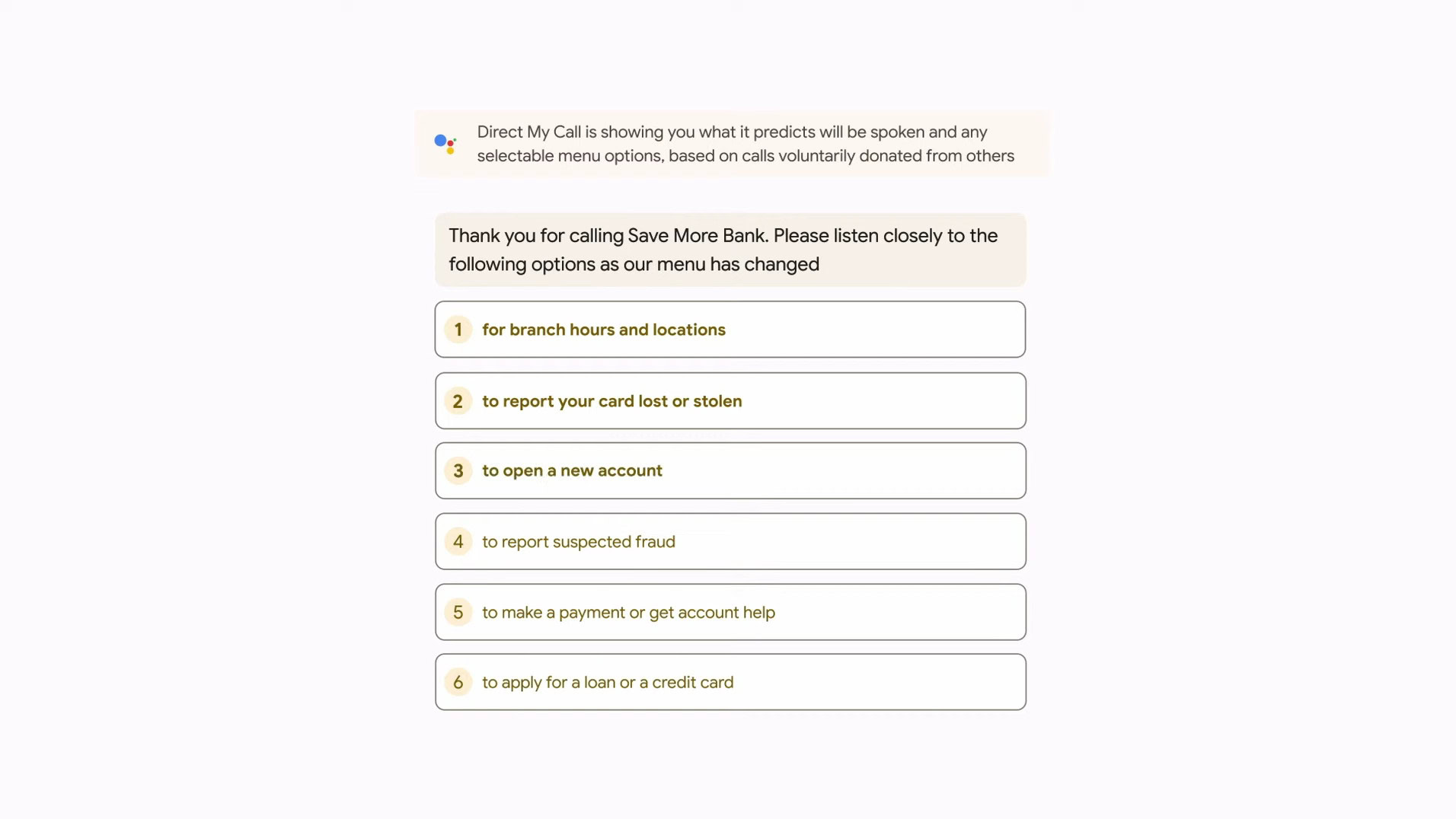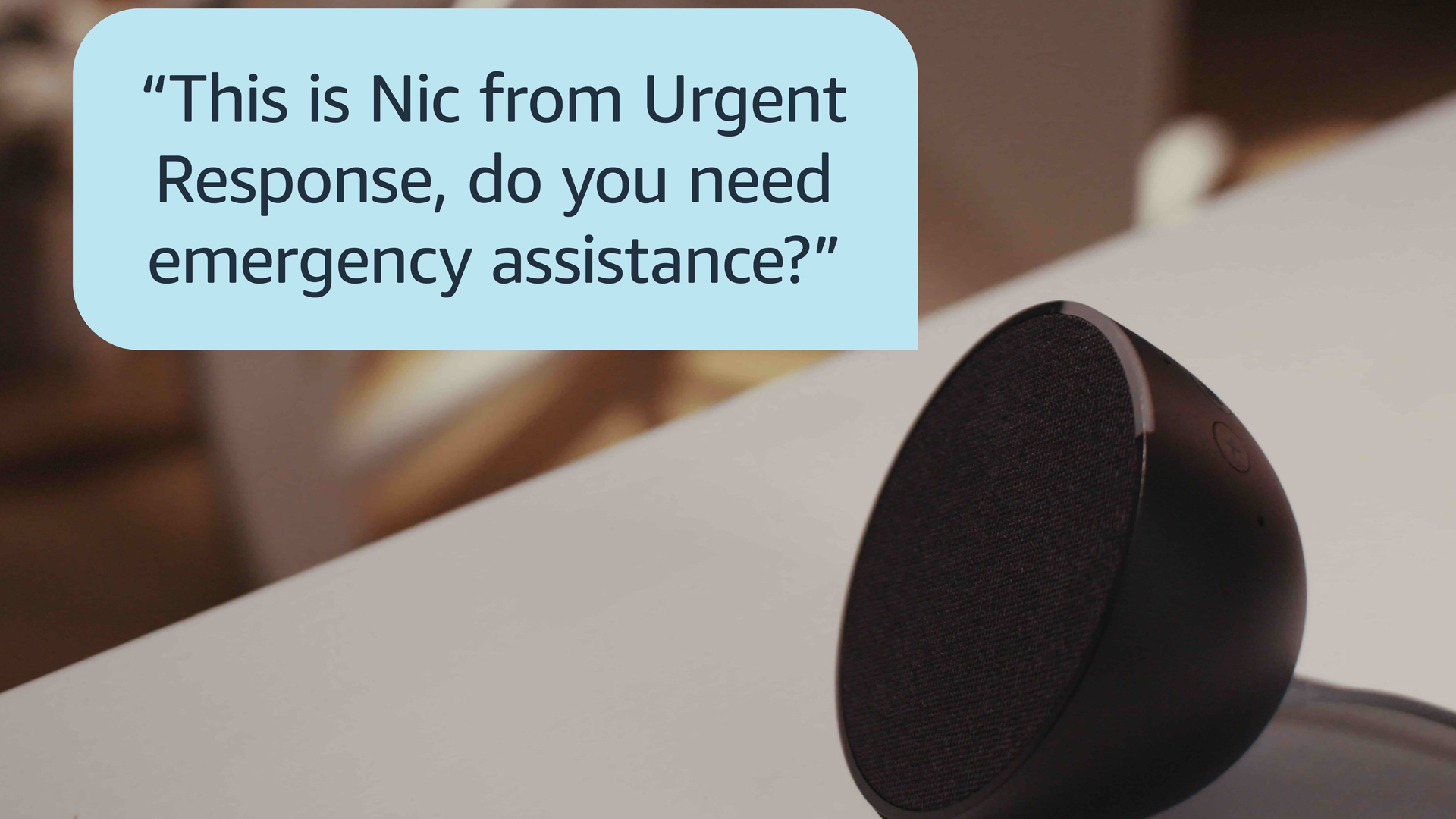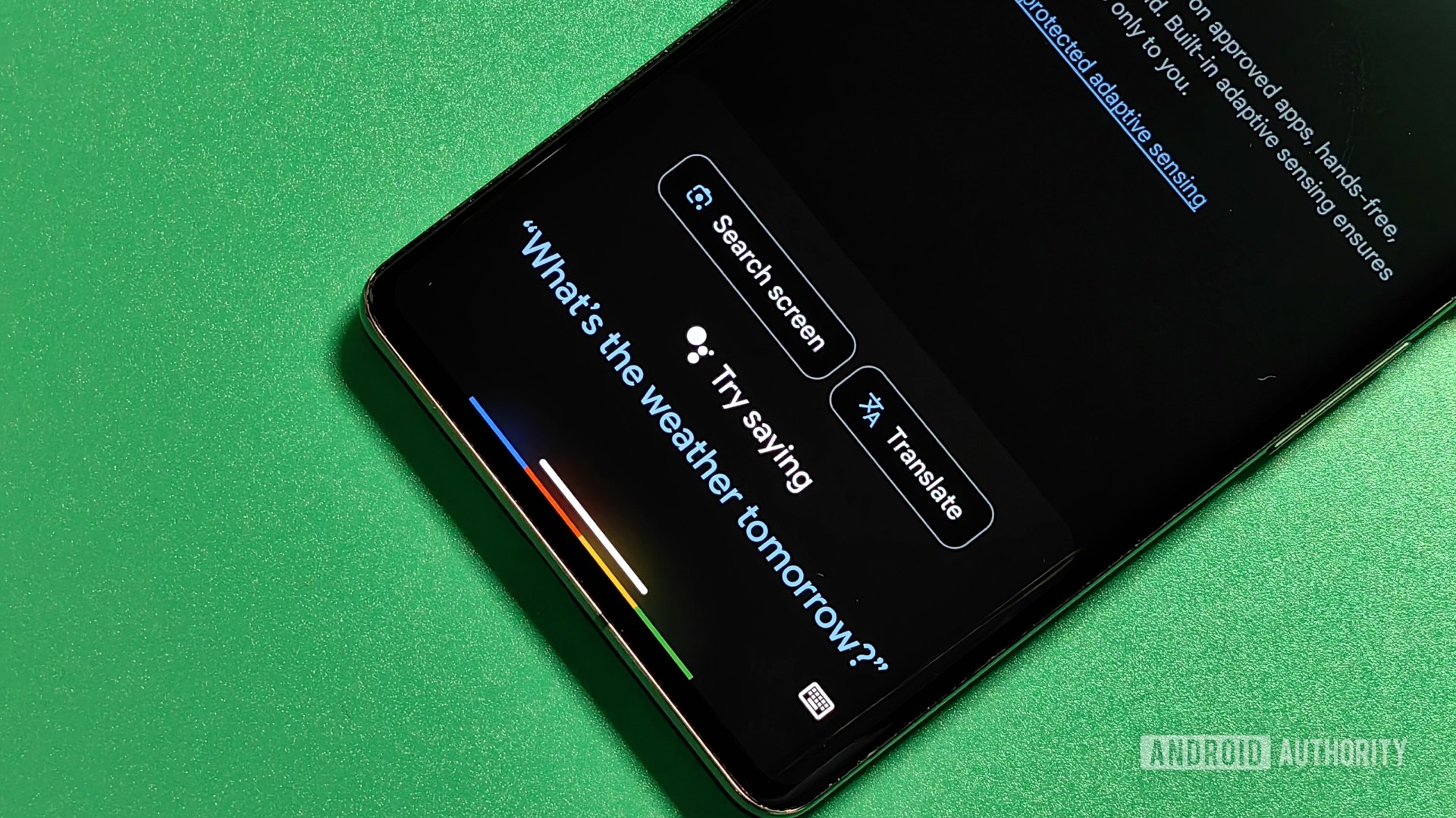Affiliate links on Android Authority may earn us a commission. Learn more.
Chatbot vs conversational AI: What's the difference?

When the word ‘chatbot’ comes to mind, it’s hard to forget the frustrating conversations we’ve all had with customer service bots that seem unable to understand or address our inquiries. That’s because, until recently, most chatbots spit out canned responses and couldn’t deviate from their programming. Thankfully, a new technology called conversational AI promises to make those frustrating experiences a relic of the past. So in this article, let’s take a closer look at what conversational AI is and how it differs vs chatbots.
What is a chatbot?

The term chatbot refers to any software that can respond to human queries or commands. The term chatbot is a portmanteau, or a combination of the words “chatter” and “robot”. The term chatterbot was first used in the 1990s to describe a program built for Windows computers.
Early chatbots could only respond in text, but modern ones can also engage in voice-based communication. Regardless of the medium, chatbots have historically been used to fulfill singular purposes. For example, you may encounter a chatbot when you call your bank’s customer service helpline. It may ask you a few questions and route your call to the appropriate human agent.
Basic chatbots simply look for pre-programmed keywords or phrases and respond accordingly.
In most cases, chatbots are programmed with scripted responses to expected questions. This means they fall flat in new or unfamiliar conversations. You typically cannot ask a customer service chatbot about the weather or vice-versa.
Newer chatbots may try to look for certain important keywords rather than reading entire sentences to understand the user’s intent, but even then, may not always be able to respond accurately. If you’ve ever had a chatbot respond along the lines of “Sorry, I didn’t understand” or “Please try again”, it’s because your message didn’t contain any words or phrases it could recognize.
What is conversational AI?

Conversational AI refers to a computer system that can understand and respond to human dialogue, even in cases where it wasn’t specifically pre-programmed to do so. As their name suggests, they typically rely on artificial intelligence technologies like machine learning under the hood.
We’ve seen big advancements in conversational AI over the past decade, starting with the release of Siri, Google Assistant, and Alexa. These services use natural language processing (NLP) to understand human language and respond with unique responses beyond predefined ones.
It’s worth noting that the term conversational AI can be used to describe most chatbots, but not all chatbots are examples of conversational AI. In other words, Google Assistant and Alexa are examples of both, chatbots and conversational AI. On the other hand, a simple phone support chatbot isn’t necessarily conversational.
Conversational AI relies on natural language processing (NLP) and machine learning to generate new responses.
Newer examples of conversational AI include ChatGPT and Google Bard that can engage in much more complex and nuanced conversation than older chatbots. These rely on generative AI, a relatively new technology that learns from large amounts of data and produces brand new content entirely on its own.
Generative AI allows modern chatbots to converse about a range of different topics, without any guidance or programming beforehand. And in many cases, they can understand and generate natural language as well as a human.
Chatbots vs conversational AI: What’s the difference?

We’ve already touched upon the differences between chatbots and conversational AI in the above sections. But the bottom line is that chatbots usually rely on pre-programmed instructions or keyword matching while conversational AI is much more flexible and can mimic human conversation as well.
In spite of recent advances in conversational AI, many companies still rely on chatbots because of their lower development costs. Generative AI products require much more computational power as they rely on large machine learning models.
Here’s a table that highlights the differences between chatbots vs conversational AI:
| Chatbots | Conversational AI | |
|---|---|---|
Language understanding | Chatbots Basic, responds to keywords or phrases | Conversational AI Advanced, responds to wider variety of questions or commands |
Intelligence | Chatbots Low, mostly pre-programmed question-answer pairs | Conversational AI High, can understand complex conversations |
Memory | Chatbots Little to none, won't remember key details in long conversations | Conversational AI Medium to high, may remember context throughout longer conversations. |
Personalization | Chatbots Minimal, may narrate singular data points like account number | Conversational AI High. For example, can dynamically change conversational tone based on user preferences |
Computational requirements | Chatbots Low, can run on basic hardware | Conversational AI High, requires powerful servers |
Use cases | Chatbots Basic customer support, troubleshooting, simple task fulfillment | Conversational AI Digital assistants, problem solving with logical reasoning |
Examples | Chatbots Food delivery chatbot, feedback or questionnaire chatbots | Conversational AI Google Assistant, Bard, Alexa, ChatGPT |
FAQs
Yes, ChatGPT is an example of conversational AI. It can mimic human dialogue and keep up with nuanced and complex conversations.
Conversational AIs are trained on extremely large datasets that allow them to extract and learn word combinations and sentence structure. For example, ChatGPT was trained on 300 billion words or 570 GB of data.
ChatGPT Plus with the latest GPT-4 Turbo language model is universally regarded as the best AI chatbot. However, this position may change as competitors improve over time.